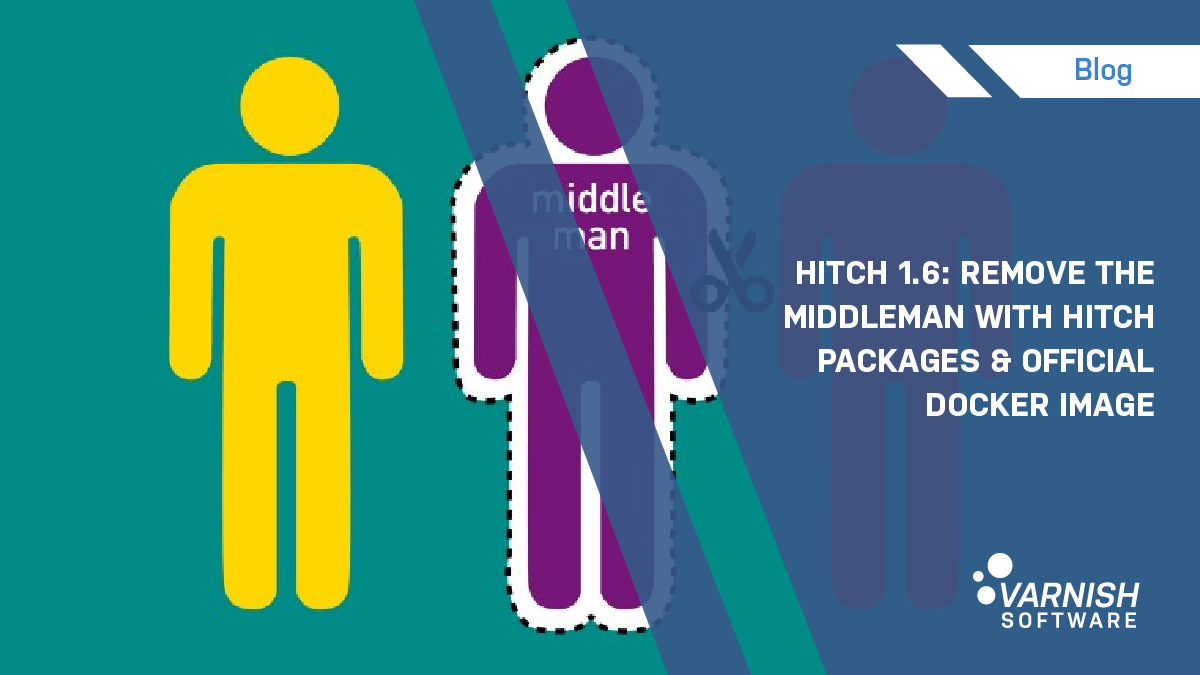Follow The Rabbit
Varnish and Docker
Latest Articles
- Thijs Feryn
- April 8, 2022
As the company behind the Varnish Cache open source project, we do our fair share of contributing to the open source...
- Miles Weaver
- October 20, 2020
We get a lot of questions about TLS and Varnish, and we’ve long been touting our TLS proxy, Hitch, as the best way to...
- Guillaume Quintard
- August 30, 2017
Docker has been on my radar for quite some years now, but, I have to admit, as a C developer, I never really cared...
SUBSCRIBE TO OUR BLOG
SEARCH OUR BLOG
Explore articles from Varnish experts on web performance, advanced caching techniques, CDN optimization and more, plus all the latest tips and insights for enhancing your content delivery operations.
/VS-logo-2020-197x60.png?width=136&height=60&name=VS-logo-2020-197x60.png)


